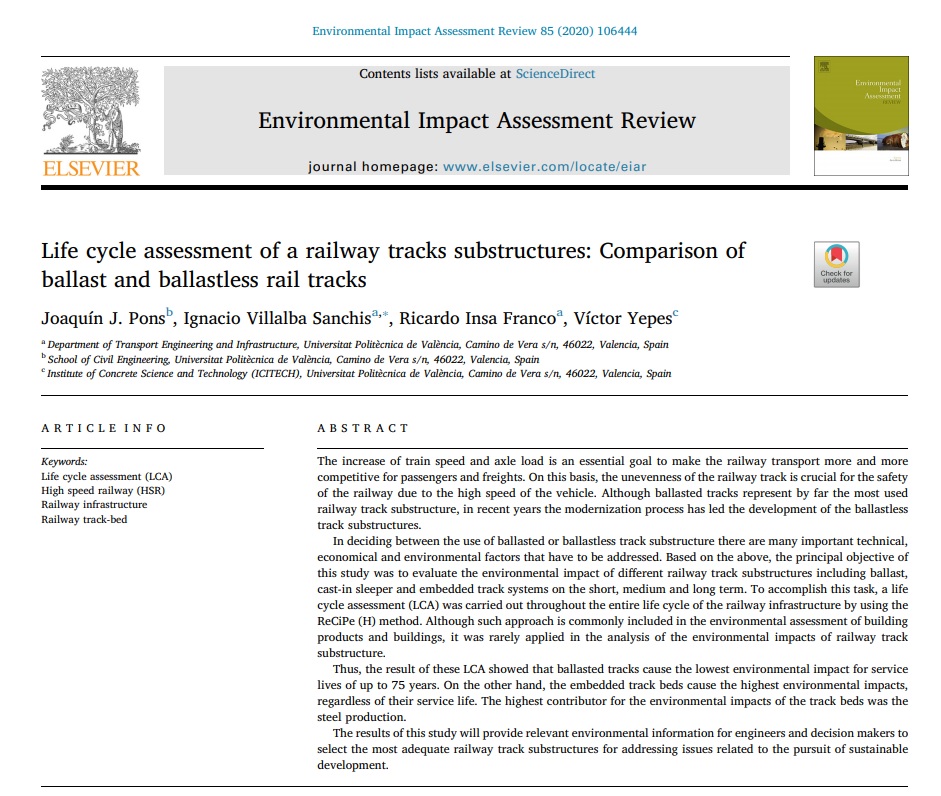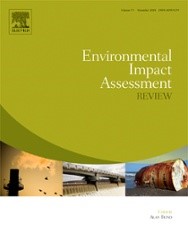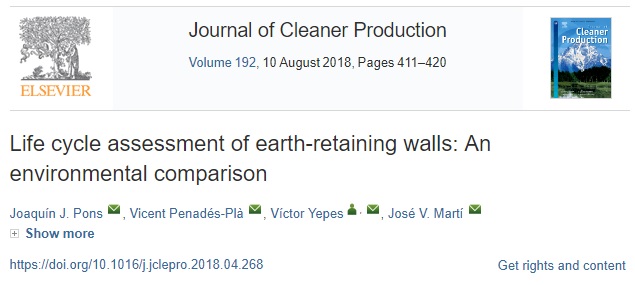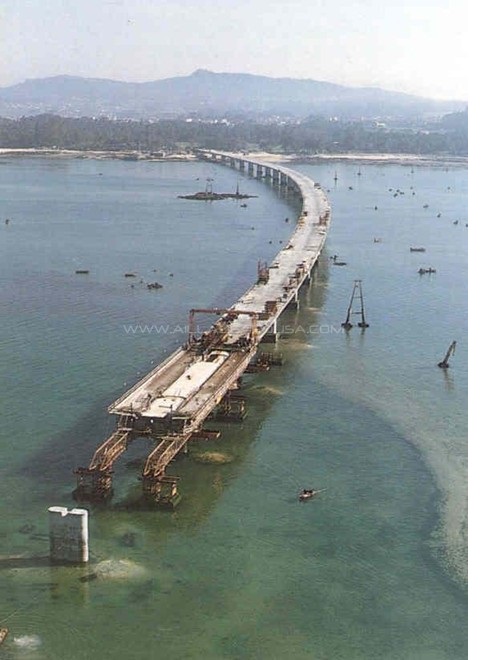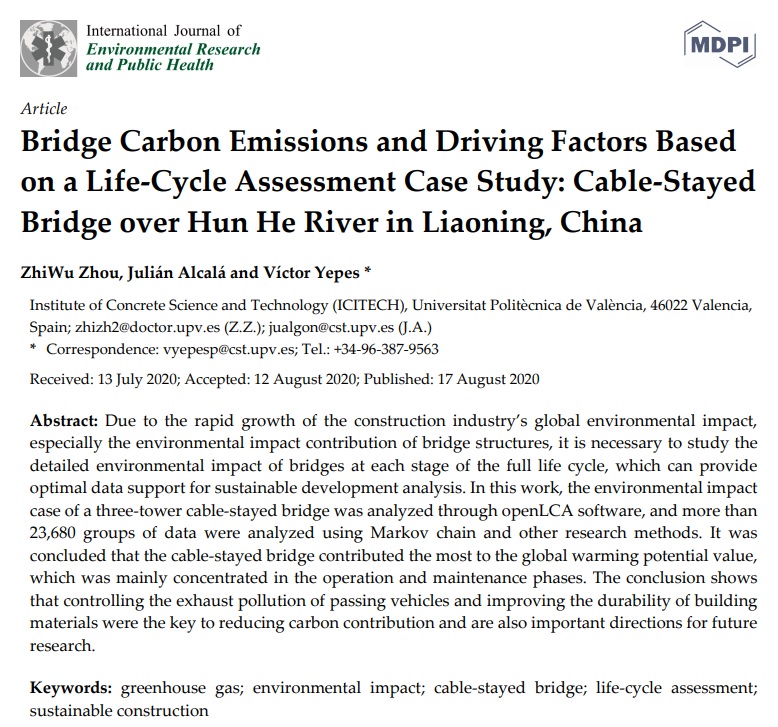 Acaban de publicarnos un artículo en la revista International Journal of Environmental Research and Public Health (revista indexada en el JCR, en el primer cuartil) sobre el ciclo de vida del puente atirantado sobre el río Hun He, en Liaoning, China.
Acaban de publicarnos un artículo en la revista International Journal of Environmental Research and Public Health (revista indexada en el JCR, en el primer cuartil) sobre el ciclo de vida del puente atirantado sobre el río Hun He, en Liaoning, China.
El trabajo se enmarca dentro del proyecto de investigación DIMALIFE que dirijo como investigador principal en la Universitat Politècnica de València.
En este trabajo se estudió impacto ambiental de un puente atirantado de tres torres mediante el software openLCA, y se analizaron más de 23.680 grupos de datos utilizando la cadena de Markov y otros métodos de investigación. La conclusión muestra que el control de la contaminación de los vehículos que pasan y la mejora de la durabilidad de los materiales de construcción son la clave para reducir la contribución del carbono.
ABSTRACT
Due to the rapid growth of the construction industry’s global environmental impact, especially the environmental impact contribution of bridge structures, it is necessary to study the detailed environmental impact of bridges at each stage of the full life cycle, which can provide optimal data support for sustainable development analysis. In this work, the environmental impact case of a three-tower cable-stayed bridge was analyzed through openLCA software, and more than 23,680 groups of data were analyzed using Markov chain and other research methods. It was concluded that the cable-stayed bridge contributed the most to the global warming potential value, which was mainly concentrated in the operation and maintenance phases. The conclusion shows that controlling the exhaust pollution of passing vehicles and improving the durability of building materials were the key to reducing carbon contribution and are also important directions for future research.
KEYWORDS
Greenhouse gas; environmental impact; cable-stayed bridge; life-cycle assessment; sustainable construction
REFERENCE:
ZHOU, Z.; ALCALÁ, J.; YEPES, V. (2020). Bridge Carbon Emissions and Driving Factors Based on a Life-Cycle Assessment Case Study: Cable-Stayed Bridge over Hun He River in Liaoning, China. International Journal of Environmental Research and Public Health, 17(16):5953. DOI:10.3390/ijerph17165953

